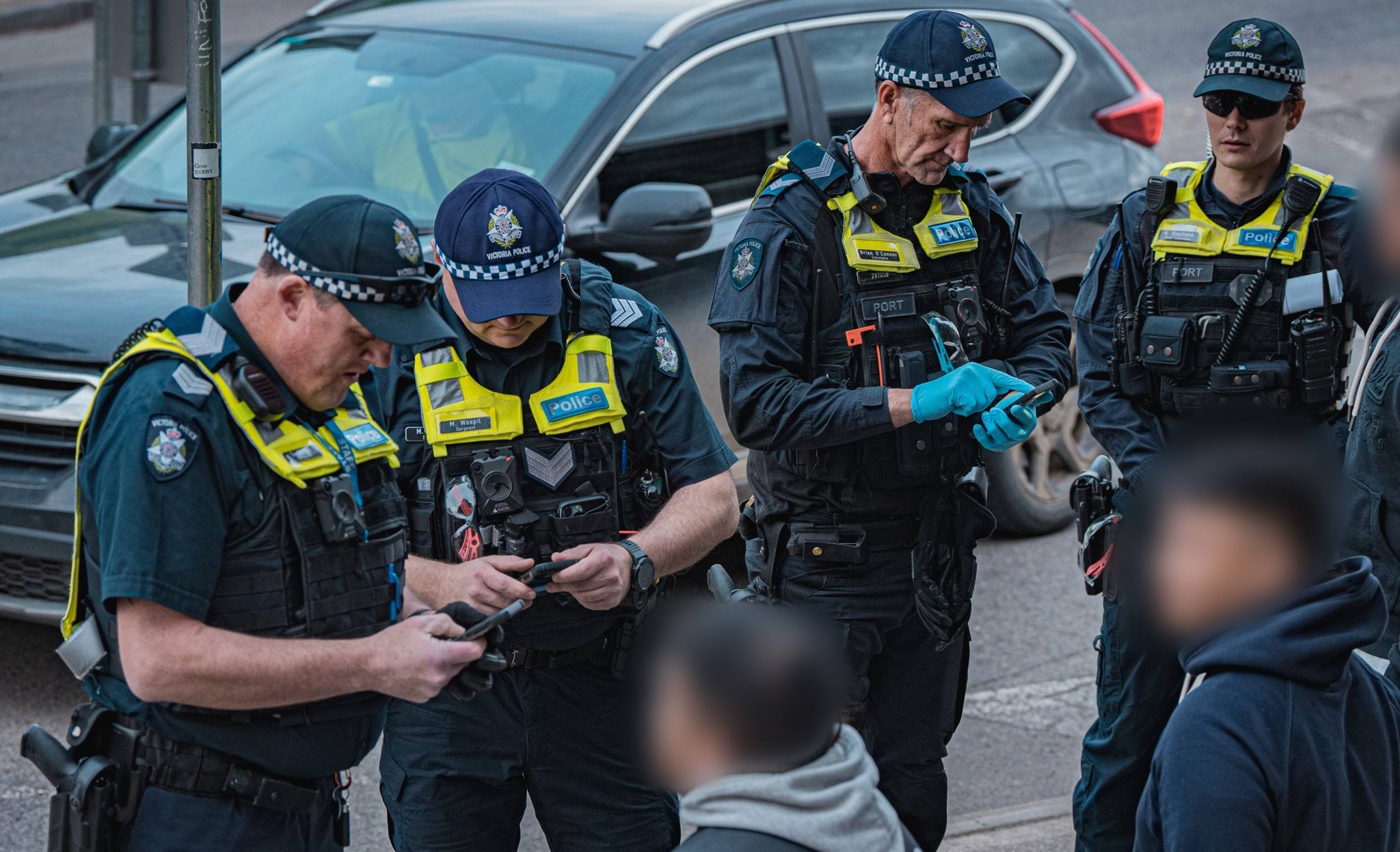In Victoria, groups involved in gang-like behaviour can be separated into three defined groups based on associations, financial motivations, and the extent of their criminal activity.
The focus of the Youth Gang Strategy is youth gangs and networked youth offenders. However, Victoria Police recognises that there is often overlap with Serious and Organised Crime.
When referring to ‘youth’ in this strategy, we commonly mean young people ranging from 10-24 years*.
*Since the implementation of the Youth Justice Act 2024 on 30 September 2025, the minimum age of criminal responsibility (MACR) has been raised from 10 to 12 years old. Children under the MACR cannot be held criminally responsible for their conduct.
Youth gangs
Youth gangs display broader structure and may have established leaders or influencers operating in a hierarchical framework. They are likely to be identifiable through a gang name or brand, driven by status and will commit violent crimes that will cause community concern.
Two core activities for youth gangs are the involvement in crime (robberies/aggravated burglaries) and conflict (affray/assaults).
Networked youth offenders
Networked youth offenders are associated with peer groups and are less structured in hierarchy or membership.
They have fluid offending associations that cover a range of ‘network’ types including youth gangs, but also Organised Crime Groups (OCGs) consisting of youth members, graffiti crews, hacker collectives and issue-motivated groups.
Offending may be influenced by peers or status.
Profit may not motivate offending; and fear of apprehension may not deter, which is often reflected in their basic methods used to avoid detection.
Serious and organised crime offenders
Serious and organised crime offenders maintain a clear hierarchy and often function like a legitimate business operation.
Criminal offending may be publicly notable, yet well planned and sophisticated.
Offending may include murder, shooting, serious assaults, kidnapping, extortion, production and importation of drugs, firearms and other illicit goods.
These offenders are highly disciplined, know police methodology and are motivated by profit, commonly accumulating unexplained wealth.
Updated
